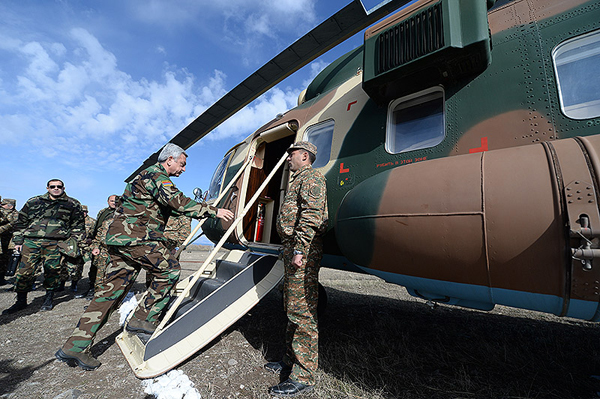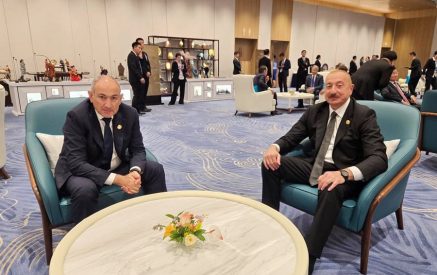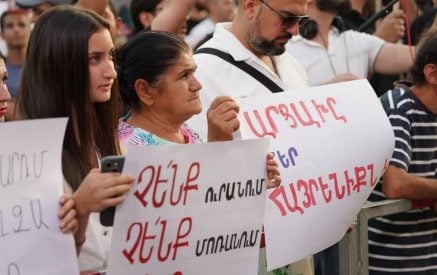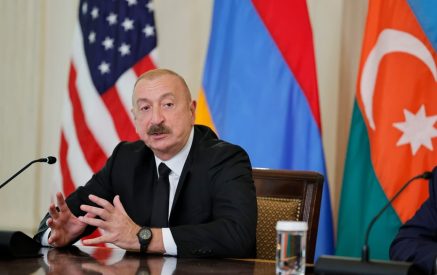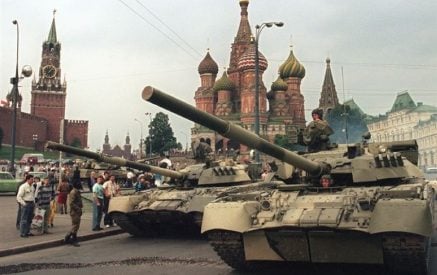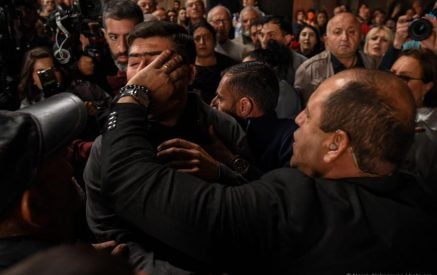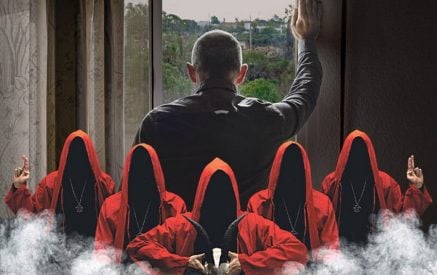Who benefited from provocations on Karabakh-Azerbaijan border?
On November 12, the downing of Mi-24 helicopter of Nagorno-Karabakh Air Force by Azerbaijani Armed Forces during the training flight in the eastern part of Nagorno-Karabakh and Azerbaijani airspace once again proved what the Aliyev regime presents by itself. Along with the establishment of the dictatorship inside his country, Aliyev is trying to pretend a “hero”. His hyper-rich regime, along with preservation of the power, solves the task of appearing “patriots”, which is prevents, for example, by a few people who are supporters of peace in Azerbaijan. Today, some of them are imprisoned in Azerbaijan, and it is not clear what fate is expected to other figures who truly perceive the nature of Aliyev’s power.
The international community reacted quickly enough to the fact of downing of Mi-24 helicopter, and at this point, it is clear that their problem is one: to bring the parties to restraint, urging them to exclude the possible escalation. Although the international community realizes of what had happened and who is responsible for the occurrence, however, addresses calls to the “sides”. This, of course, is a sad fact, though to some extent also diplomatically justified and understandable, because such “balanced” statements give “freedom” to Aliyev’s power.
And not only that. Armenia’s strategic ally has sold several billion dollars weapons to Azerbaijan and still will be sold, including offensive, but our country, the “core” parliamentary forces yet did not give an adequate assessment to this fact. Hence, what is our logic to demand from the international community to give an adequate assessment to the Azerbaijani actions? Have Armenia’s parliamentary forces ever demanded that the international community, more specifically Russia, be consistent and does not sell weapons to Azerbaijan, given the militant policy led by the leadership of this country and the unprecedented moves to incite provocations in the contact line in recent months.
Read also
Why is Russia as an OSCE Minsk Group co-chair different in this respect from the US and France that did not sell weapons to Armenia’s and Artsakh’s rival. After the tragic incident on November 12, no matter how strange, Russia reacted quickly enough, as well as some officials. Usually, Russia either was not responding to the cases of escalation on the border to Armenia, or if responded, belated. This time, the impression was that Moscow not only sees posture of the Azerbaijani side and record it, but to some extent also considers it a strike to them.
Russia’s Foreign Ministry spokesman Alexander Lukashevich had expressed serious concern about the incident and said, “We remind the authorities of Armenia and Azerbaijan about their commitments to seek ways to resolve the conflict peacefully, which they assumed during the Sochi, Newport and Paris meetings.” More remarkable were the Collective Security Treaty Organization (CSTO) Secretary General Nikolay Bordyuzha’s comments, “Today, we witnessed a new violation of the cease-fire agreements. A threat of a fresh escalation of the conflict has emerged. The situation in the South Caucasus is becoming more and more acute. We are deeply convinced in necessity of preventing the threatening development of the situation. The main thing that can prevent such a turn of events is the rejection of the use of force, close adherence to the ceasefire and the avoidance of provocative actions.”
Earlier, on October 21, Bordyuzha addressed the subject of conflicts in the discussion on the security threats in the Eurasian territory held in Vienna. He called on to restore the international anti-terrorist coalition to combat new threats. “It is necessary to urgently restore the cooperation established after 2001, the so-called anti-terrorist coalition. If it does not happen, we may encounter serious problems in the field of security, which will not only refer to Russia and the CSTO countries, but also Europe.” Then, addressing the CSTO countries’ threats, Bordyuzha singled out the uncompleted international mission in Afghanistan, as well as the escalation of the conflict between Armenia and Azerbaijan and “the possibility of resolving it through military way, which is announced by the President of Azerbaijan.”
It is also interesting that on November 12, on the Nagorno-Karabakh and Azerbaijan border, the Azerbaijani side downed Mi-24 helicopter just on the days when the international media were reporting that Russia has brought 200 tanks, 191 aircraft, 121 helicopters, 640 artillery device and 1600 vehicles close to the border to Ukraine. These numbers were presented at the UN Security Council session by the Permanent Representative of Ukraine to the United Nations, Yuriy Sergeyev. Earlier, NATO Supreme Allied Commander Europe and Commander, U.S. European Command, Philip Breedlove, announced that Russian military units entered the Donbas. Can the next provocation on the Karabakh-Azerbaijan border be a “justified” motive for Russia’s penetration to our region? Why not? The bases of such presence in other “platforms” are already outlined. A few days ago, for example, Finance Minister Gagik Khachatryan stated that soon the Eurasian economic union representatives will appear on Armenia’s border checkpoints to work jointly with the Armenian side. So, everything is still to come.
Emma GABRIELYAN



















































